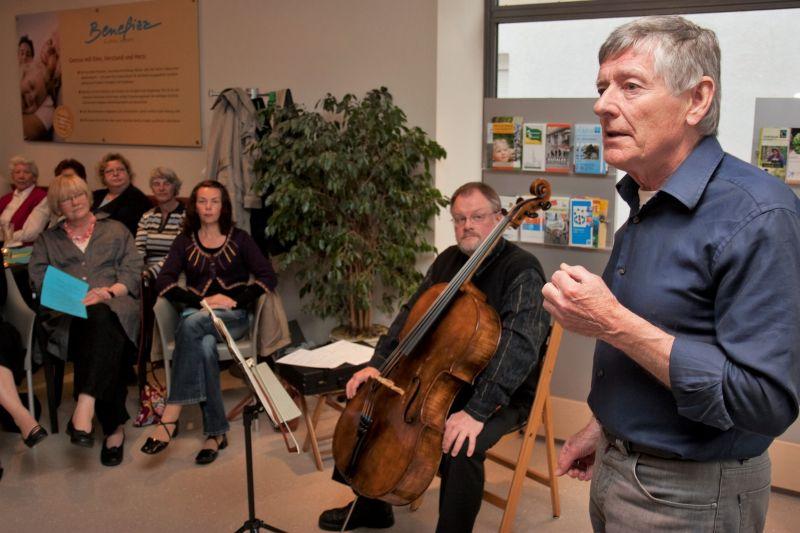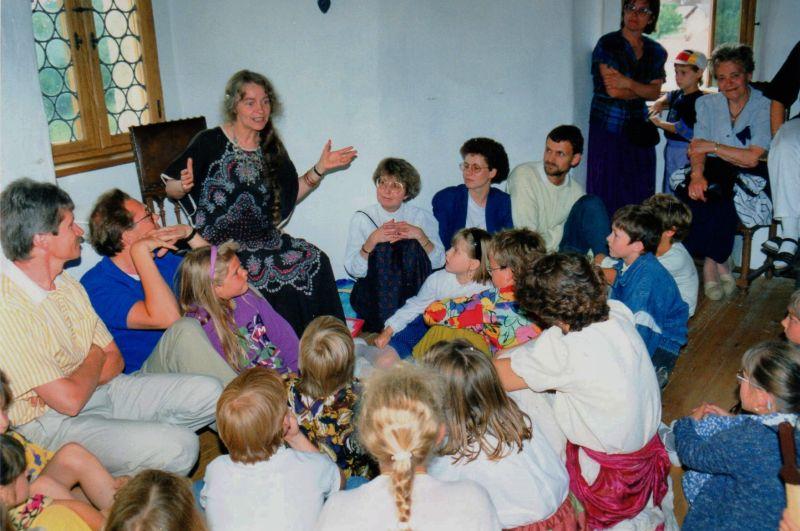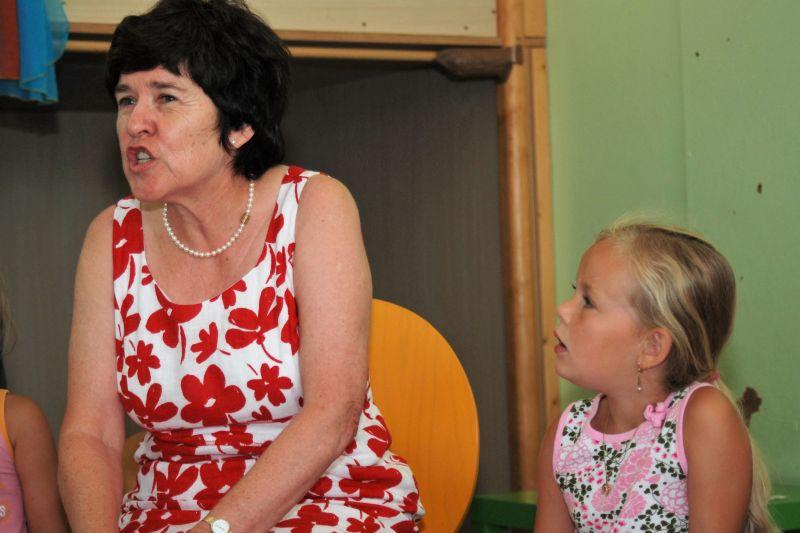Nationwide Inventory of Intangible Cultural Heritage
Telling Fairy Tales
When telling fairy tales, stories are told freely in front of an audience. In addition to heroic and magic tales, this includes farces, animal fairy tales, etiological narratives, mythological substances and mixed forms.
Facts & figures
Crucial date: all seasons
Inscription: 2016
Domains: oral traditions and expressions
Where to find: nationwide (also abroad)
Contact
Europäische Märchengesellschaft e.V.
Thomas Bücksteeg (Director)
@email
www.maerchen-emg.de
Fairy tales do not have any real or individual references and therefore allow every listener a wide range of interpretation. Through the narration of traditional narratives and those firmly anchored in a group’s culture, thought-provoking impulses are given and meaning is conveyed, but also language is fostered and imagination is stimulated. Telling of and listening to fairy tales is a collective, identity-creating experience, which is constantly updated.
The traditional telling of fairy tales was once an important part of community life and even today it is a living tradition, often publicly performed. Storytelling needs community and it is important that the narrative material appeals to the audience. The interaction between audience and narrator has great influence on the interpretation of the fairy tale.
Telling fairy tales is an art that is aimed at all levels of education, age and population. Since all cultures have oral narrative forms, a fairy tale’s material and narration are suitable for intercultural cooperation and understanding. Integration projects exist, which have the goal to build bridges with fairy tales.





